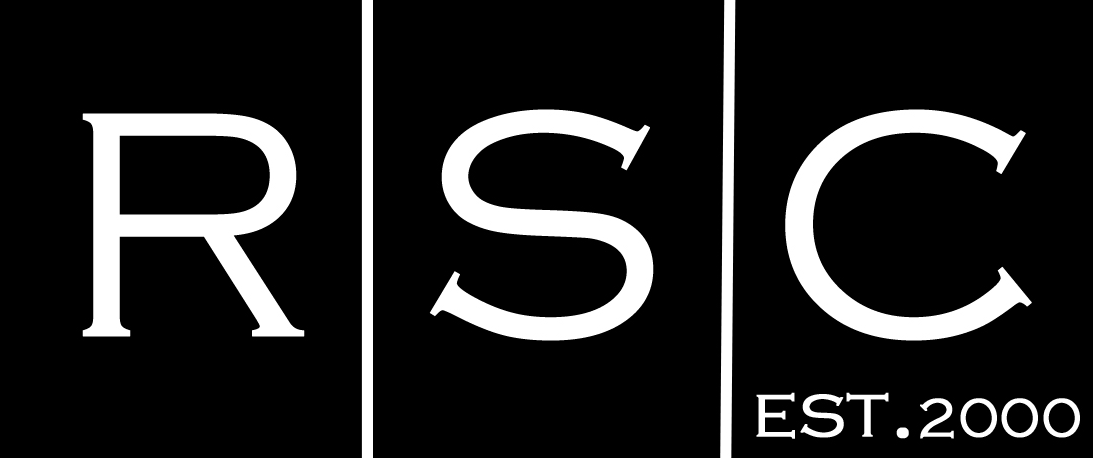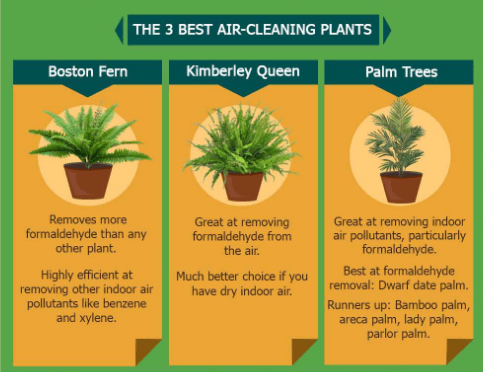9 Design Tips for a More Productive Office
Everyone knows a productive office is important, but not everyone knows how to create a productive office. Fortunately, keeping employees happy, healthy, and focused is quick and easy if you do your research. We know what you’re thinking: “Ugh. Who has time for research?” But don’t worry, we’ve done the hard part for you and created this handy list to get you on track to your own productive office.
1. Ergonomics
It’s might be common sense, but it’s worth saying. Your employees will not be at their productive best if they are uncomfortable or, even worse, in pain 8 hours a day. That’s why step one to creating a productive office starts with making sure your employees’Â work stations are set up ergonomically. The ideal ergonomic set up follows these steps:
- Computer monitors should be 24-36 inches away from your employees’ eyes.
- The top of computer monitors should be at or below eye-level. This may require height-adjustable chairs or risers placed underneath the computer.
- Keyboard and mouse should be at a height where elbows are bent at a 90 degree angle to use them.
- Chairs should provide some recline to relieve pressure on the spine.
- Chairs should swivel and roll to eliminate awkward twisting.
2. Lighting & Color
While it sounds obvious that employees need light to get work done, lighting is one of the most overlooked and least invested in factors of office design. Poor lighting can have incredibly negative affects on productivity, which should come as no surprise as it often causes fatigue, eye strain, headaches, and general irritability. In contrast, good lighting increases focus, energy, creativity, and overall productivity. Try to maximize as much natural light as you can in your office by opening curtains or blinds. If you don’t have a lot of natural light to work with, make sure you’re compensating with a lot of artificial lights like overheads and lamps. Consider using natural light bulbs in place of fluorescents.
Color can also have a profound affect on your employees. Different colors often stimulate different psychological reactions. According to the Color Affects System, yellow inspires creativity, blue stimulates the mind, green, creates a calming balance, and red affects your body. The color saturation has a lot to do with these responses as well — brighter colors stimulate, while more muted colors soothe. Consider which colors will work best for employees in various roles based on their tasks and goals. If you can’t change the color of your office or furniture, try to incorporate colorful accents that will best suit your employees’ roles.
3. Organizational storage
Clutter is a huge demotivator and stressor for most people, but it’s hard to keep a tidy office if you don’t have the appropriate organizational storage. Make sure you provide drawers, shelves, folders, paper clips, and other office accessories to your employees so they can keep their work organized and their desks clean. Not only will an organized workspace help them better focus on the task at hand, but it will also help them locate information quicker.
4. Idea storage
Organizational storage isn’t the only storage that’s important when it comes to a productive work space. It’s also crucial to provide idea storage, meaning ample pads of paper, notebooks, or whiteboards throughout the office. When your employees come up with a great idea, they need a place to write down those initial thoughts for two reasons: 1. If they don’t write it down quickly, they may lose a valuable idea; 2. Trying to remember the details of a good idea while performing other tasks limits their ability to perform either. Employees should always be thinking about ways they can improve the company and their work shouldn’t suffer because they don’t have a place to save those ideas for later.
5. Clean Environments
The least productive thing an employee can do is get sick, but offices are breeding grounds for toxins, bacteria, and other health concerns. A lot of the defense against getting sick lies on the employee (washing their hands, keeping their workstation clean, etc.), but there’s a lot you can do to lower the risk:
- Make sure you’re using a ventilation system that pumps in 20 cubic feet of fresh air per minute for every person in the office space.
- Buy stain-repellant furniture and carpets to reduce the use of PFCs (Perfluorinated Chemicals often used to clean up/repel stains) that can cause asthma attacks, allergic reactions, thyroid problems, high cholesterol, infertility, and cancer
- Install carbon monoxide detectors if your office is in a high-rise building or by a parking garage or loading zone.
- Install hardwood floors and buy furniture made of materials like leather or other materials that can be cleaned easily without the use of harsh chemicals.
- Decorate with plants like these, that are known to reduce formaldehyde emitted by PFC-treated furniture and other pollutants caused by office equipment.
6. Plants
Not only can plants help clean the air and keep employees from getting sick, they can greatly increase employees’ moods. Studies show that having plants in the office increase productivity and cognitive attention. Incorporating greenery in your office reportedly makes employees feel like their company cares about them and their welfare, boosting morale and creating a more enjoyable workplace.
7. Diverse work spaces
Try creating diverse areas for employees to work. Enabling employees to work in new spaces with different surroundings stimulates creativity and helps with focus. Sitting in the same spot for 8 hours a day, 5 days a week puts employees’ brains in a routine and makes it harder for them to think out of the box. Offer a variety of areas to work from like seating areas, conference rooms, and collaborative spaces for when your employees need a change of scenery.
8. Mixing up employees
While it’s traditional to cluster your employees based on job function or department, studies show that employees are more productive and creative when clustered with colleagues that share similar goals or clients. This way, they can collaborate more easily, solve problems quicker, and stay focused better. Now, clusters of employees are working together to keep each other focused and engaged, creating a productive office environment.
9. Space
Lastly, it’s important to give your employees space. Not just their own personal space, but also space to get up and walk around. Sitting in the same chair for 8 hours a day is tough on your body and mind, so it’s good to get up and have a quick stretch or take a walk periodically throughout the day. A short walk everyday gives employees a break from their routine and lets them clear their minds so they can look at problems with fresh eyes and stay energized, focused, and healthy.
Creating a productive office isn’t just about who you hire, it’s also about the environment they work in. Every bit of the design process can have an impact on the productivity of your employees, so don’t let a productivity-boosting opportunity pass you by.
Need help with space plans, reconfigurations, or furniture management in creating your productive office? Send us a message and upload your project files to our Hightail site for a free quote!

